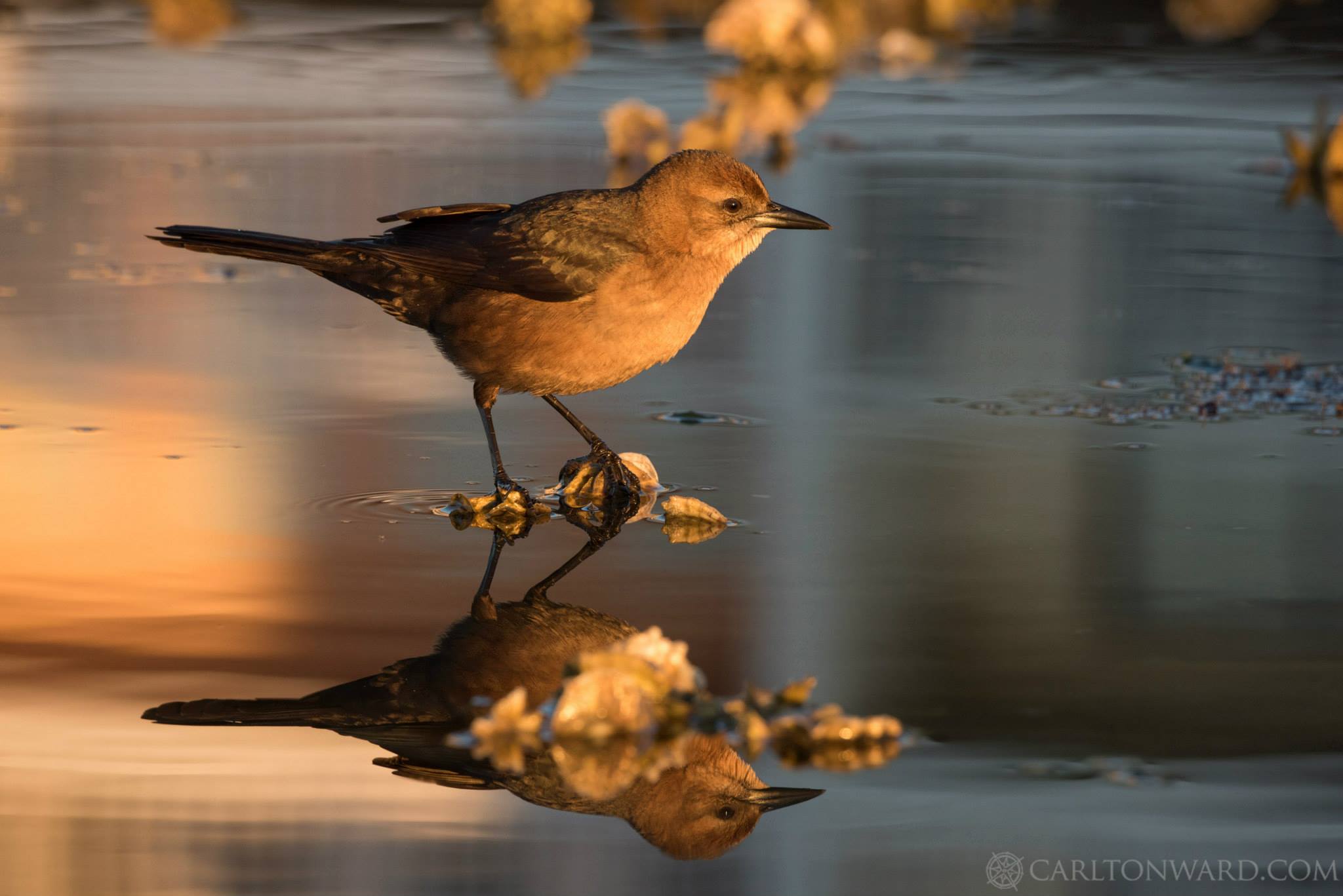GROWING UP IN GEORGIA, AND HEADING DOWN THE GULF COAST FOR SPRING BREAK, my associations of Florida were always: beach, beer, Miami Bass. It wasn’t until my parents moved to Sarasota that I realized how exceptionally diverse the terrain is and the degree to which these priceless ecosystems supporting wildlife have been impacted by development.

There Is a Rugged, Spectacular Corridor Across Florida That Almost Nobody Sees. This Team Traversed It.
Wildlife conservationists are now looking to advance a statewide network of wildlife “corridors” that would link vital habitats and wilderness areas. Earlier this year, the Florida Wildlife Corridor Expedition team hiked, biked, and paddled their way more than 900 miles across Florida on a 70-day journey to help bring awareness to the importance of these areas.
The team, which included conservationist Mallory Lykes Dimmitt, biologist Joe Guthrie, and photographer and National Geographic explorer, Carlton Ward Jr., traversed the state as native Florida species do — from the Everglades Headwaters, across the Panhandle to the Alabama border.

Photo: Carlton Ward
Colors explode over the palms during a beautiful evening on the Chassahowitzka River.
The expedition was supported by the Florida Wildlife Corridor, an org focused on showing that connecting, protecting, and restoring corridors of conserved lands and waters are essential for the survival of Florida’s diverse wildlife. The Expedition trail covered a portion of the land that would be protected in the proposed corridor–interconnected regions with over 11,000 miles of rivers, 27 springs, and nearly 8,000 lakes larger than 10 acres.
Overall, the Corridor encompasses a 15.8 million-acre opportunity area of minimally developed land. The Corridor team and partners advocate for the protection of the “missing links” of the Corridor, estimated at roughly two million acres of highest priority lands still in need of protection to ensure the long-term viability of the Corridor.

Photo: Carlton Ward
A common grackle searches through an oyster bar near Cedar Key in the golden morning light.
The Corridor provides habitat for 42 federally listed endangered species and 176 state-listed endangered species. Some endangered species include the Whooping Crane, Florida Panther, West Indian Manatee, Green Turtle, Leatherback Turtle, Hawksbill Turtle, Gulf Sturgeon and many more.
Aside from its benefits to wildlife and people, a designated Florida Wildlife Corridor will provide a green framework for smart growth, now and into the future, to accommodate an increasing population. To learn more about the Florida Wildlife Corridor, please visit www.floridawildlifecorridor.org.

